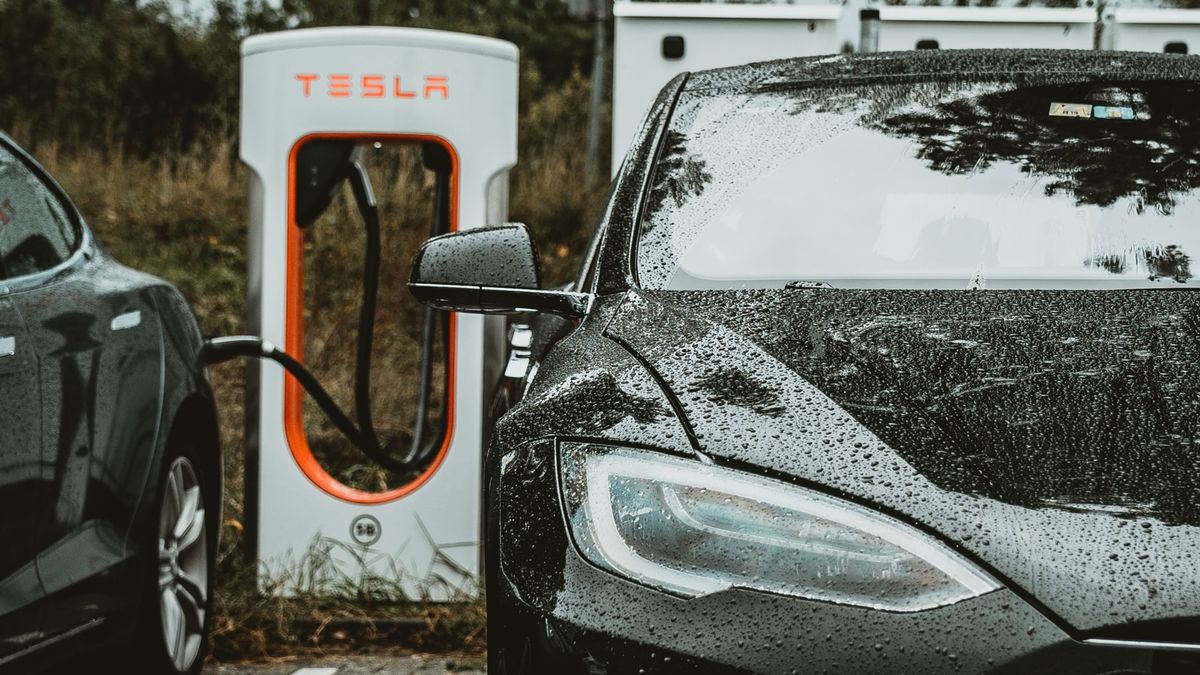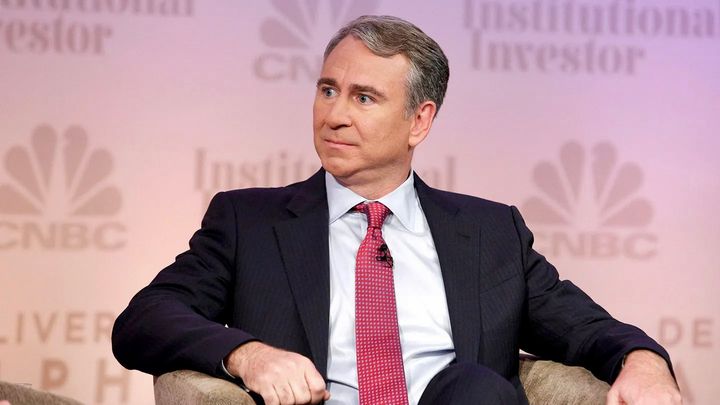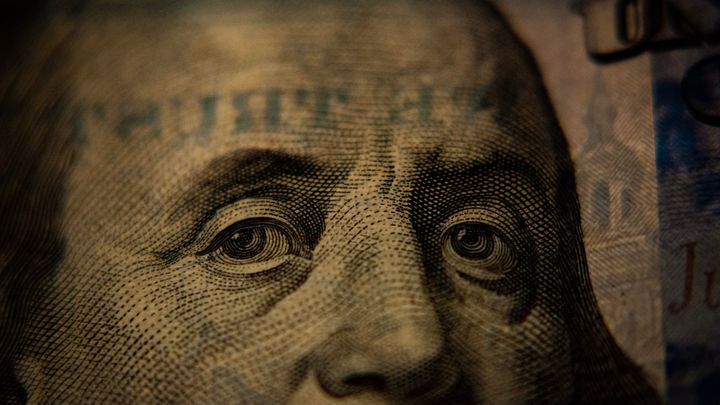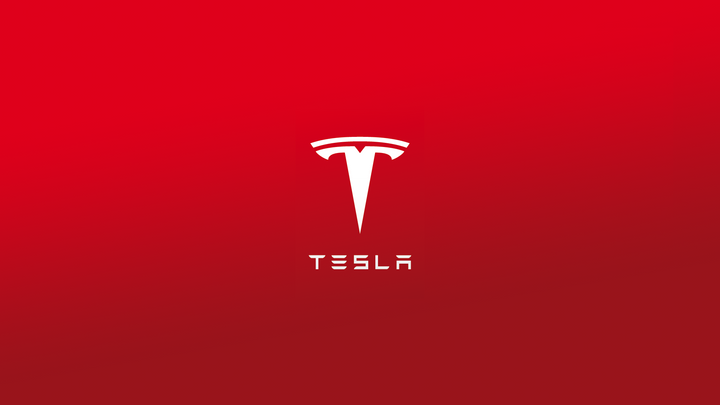Tesla MOAT: SuperChargers
The SuperCharger network is Tesla's solution to electric vehicle range anxiety.

What is the SuperCharger network?
The goal of the Supercharger network is to enable freedom of travel for Tesla owners at a fraction of the cost of gasoline. – Tesla
The SuperCharger network is a network of fast-charging stations that are only available for Tesla vehicles. It's Tesla's solution to the electric vehicle (EV) range anxiety problem.
Is there competition?
In short, no. No other vehicle manufacturer is making one. (Rivian said they would but they haven't started yet.)
There are other charging stations available but they are slow, unreliable, and costly (more on this later).
Why is there no competition?
Charging stations are not profitable, so businesses are reluctant to make their own network. No company makes money from their charging network so it is essentially a 2 billion dollar expense with no return.
Why do chargers matter?
Reliable chargers are essential for making a good EV driving experience. The SuperCharger network is a huge competitive advantage for Tesla over all other EV manufacturers.
Tesla SuperChargers vs. the Competition
All other US charging networks have 4,282 locations and 8,464 charging stalls.
Tesla's US network has 1,430 locations and 10,000 charging stalls.
So isn't the non-Tesla charging better? They have more locations and almost as many stalls, right? In short, no. Non-Tesla chargers are impractical for long-distance commutes or road trips. They are slow, unreliable, and expensive.
There are 3 main reasons why Tesla chargers are better:
- Charging Speed
- Reliability and Cost
- Location
1. Charging Speed
There's a big difference between Tesla and non-Tesla chargers in terms of how much power the charger delivers (in kilowatts).
A 24 kW charger takes about 3 hours to charge a Tesla Model 3 from 0-100%. A 250 kW charger takes about 25 minutes. Think about it like this: Imagine if it took 3 hours to fill up your gas tank, now compare that to 25 minutes. It's a big difference.
2. Reliability and Cost
Tesla superchargers are reliable. Non-Tesla superchargers can be labeled as fast-charging but then take 20 minutes to give you a 1% charge – and the worst part is you only realize the charger doesn't work until after you've spent 20 minutes waiting.
Tesla superchargers are all owned by Tesla and their pricing rates are consistent. Other charging networks are often owned independently and the price rates of the charger are up to the owner of the charger. It would be like if your gas price was $3 at one gas station and $16 at another – there's no consistency.
Non-Tesla chargers are notorious for breaking. There is no warning. You have to drive to the charging stall and plug it in to find out if it's working or not.
You (virtually) have to sign up with every non-Tesla charging network to use a non-Tesla EV. Each separate network will require you to have an account with them to use any of their chargers. Imagine that every gas station made you sign up and give them your credit card info before they would let you buy gas.
3. Location
Non-Tesla chargers are not guaranteed to be in good locations. They could be far from normal trip locations, far from highways.
Tesla's superchargers are in good locations, have amenities, bathrooms, and are often near markets or places to get food.
The ideas from this blog post came from this video and this post.
To read my full Tesla Stock analysis click here.



Comments ()